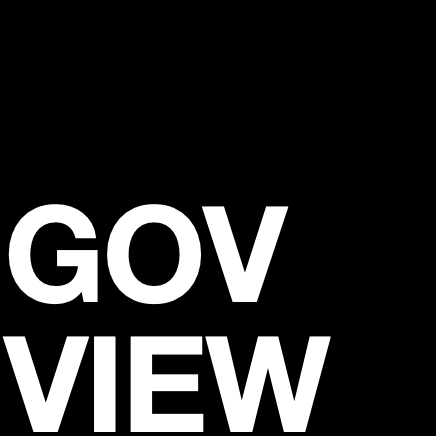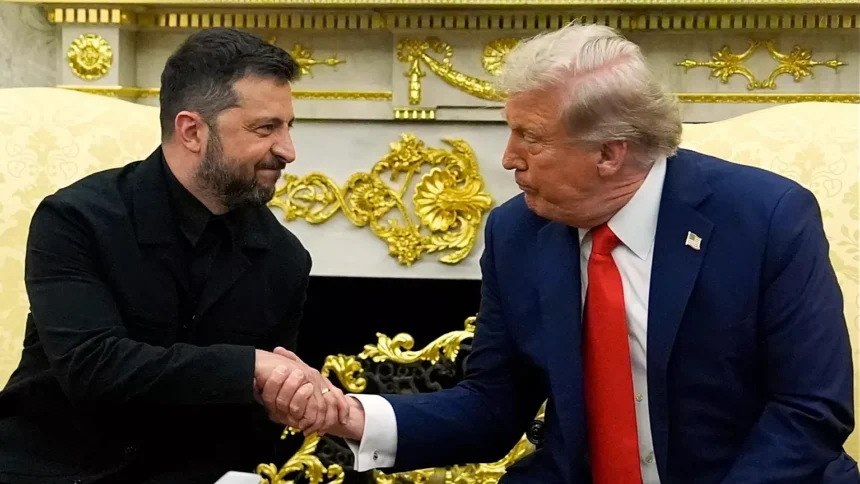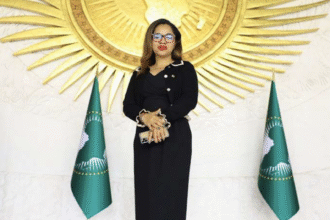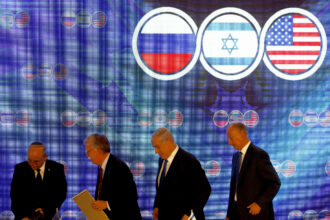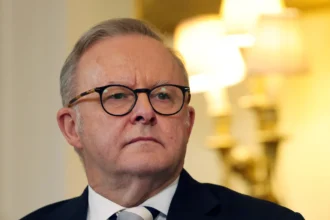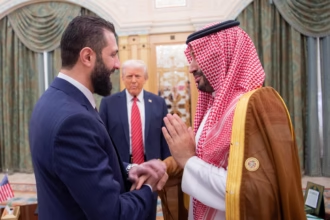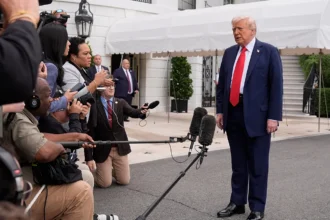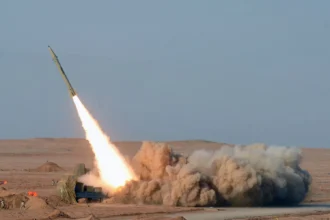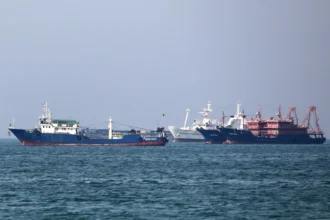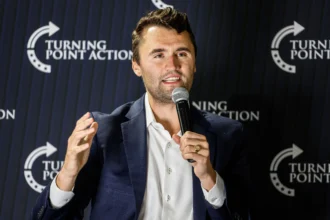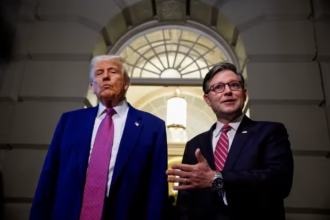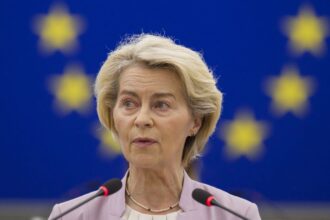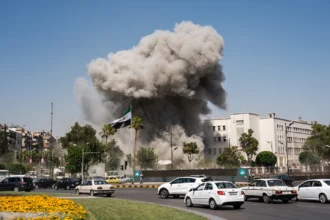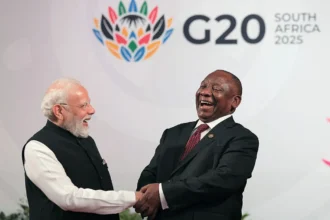What Rubio Announced
U.S. Secretary of State Marco Rubio has said that President Donald Trump may meet with Ukrainian President Volodymyr Zelenskyy next week in New York. This possible meeting is expected to take place during the UN General Assembly’s high-level week. Rubio explained that there have already been multiple calls and meetings between Trump and Zelenskyy and that this New York session is being considered as part of ongoing diplomatic efforts.
Why It’s Significant
The war in Ukraine remains unresolved, with ceasefire talks and negotiations having stalled. A high-profile meeting at the UN could reignite diplomatic momentum. Security guarantees for Ukraine appear to be an essential element in whatever settlement is under discussion. Zelenskyy has been calling for clarity from the U.S. side on its position regarding sanctions, negotiations and what commitments would look like in any peace framework.
Potential Goals of the Meeting
If the meeting does happen, some of its aims might include:
- Clarifying U.S. Terms and Position
Trump would likely need to lay out concrete terms for Ukraine: what sort of peace deal he would support, what sanctions he expects Russia to accept, and what guarantees Ukraine must give or receive. - Engagement with International Partners
Because the UN General Assembly draws many world leaders to New York, this may provide a backdrop for coordinating with European leaders and others who have stakes in Ukraine’s future. - Pushing for a Peace Framework
There seems to be a diplomatic drive to see whether a new push toward peace negotiations is possible, or at least to define what kind of framework could be workable. - Symbolic Value
Even absent a full agreement, such a meeting would send signals to Ukraine, Russia and the international community about where U.S. foreign policy is headed under Trump with respect to the conflict.
The Challenges and Uncertainties
Several factors make this a delicate and uncertain endeavor:
- No Confirmed Details: As of now, nothing is set in stone. The date, agenda and conditions under which Trump would engage are not public.
- Russia’s Role and Reaction: Any peace proposal involves, implicitly or explicitly, engaging with Russia or having Russia make concessions. The Kremlin’s acceptance of terms, including territory, sanctions or future guarantees, will be a major hurdle.
- Ukraine’s Red Lines: Zelenskyy has insisted on clear security guarantees, a firm U.S. position on sanctions and that Ukraine not be forced into unacceptable compromises.
- Domestic U.S. Politics: Trump’s position has to balance the expectations of allies, opinions at home and what is politically feasible, especially if concessions are involved.
- International Coordination: For any agreement to be durable, coordination with other states — Europeans especially — will be necessary. If the U.S. acts unilaterally, the risk of isolation or lack of support might undermine any deal.
Possible Outcomes
Depending on how the meeting goes, some possible outcomes include:
- A joint statement of intent where Trump and Zelenskyy agree on principles for negotiating peace, such as ceasefire terms, sanctions enforcement and Ukraine’s security guarantees.
- A roadmap for further negotiations, establishing committees, selecting mediators or launching formal peace talks with conditions spelled out.
- Reinforcement or revision of current sanctions on Russia, or a recommitment to existing ones, with new penalties for non-compliance.
- Possible compromise proposals from Ukraine’s side in return for guarantees or aid.
- If talks fail to produce clarity, possibly increased international pressure or diplomatic maneuvering, but also criticism for missed opportunities.
What It Means in the Wider Context
- It underscores how the UN General Assembly is increasingly being used as a diplomatic platform, not just for speeches but for real attempts at negotiating complex international issues.
- It reflects the continuing importance of U.S. engagement, under Trump, in the Ukraine war — both in terms of what Trump and his administration are promising, and how those promises are evaluated by Ukraine and its allies.
- It highlights a moment of tension between the urgency of peace versus the practical and political constraints that often slow or derail peace processes in war.
- It may also signal to Russia and others that the U.S. is trying to bring back structure to negotiations; whether Russia accepts that is another matter.
